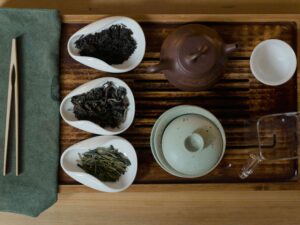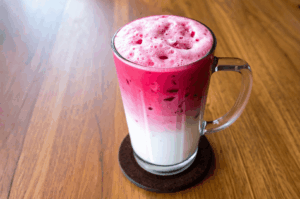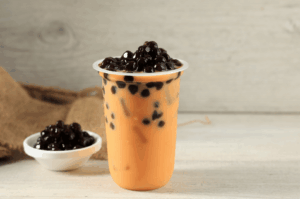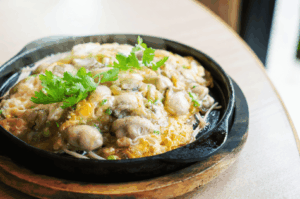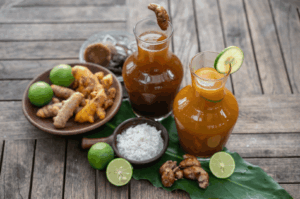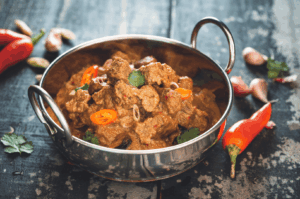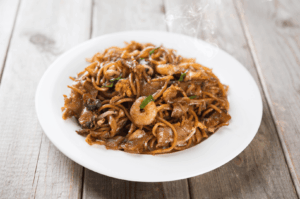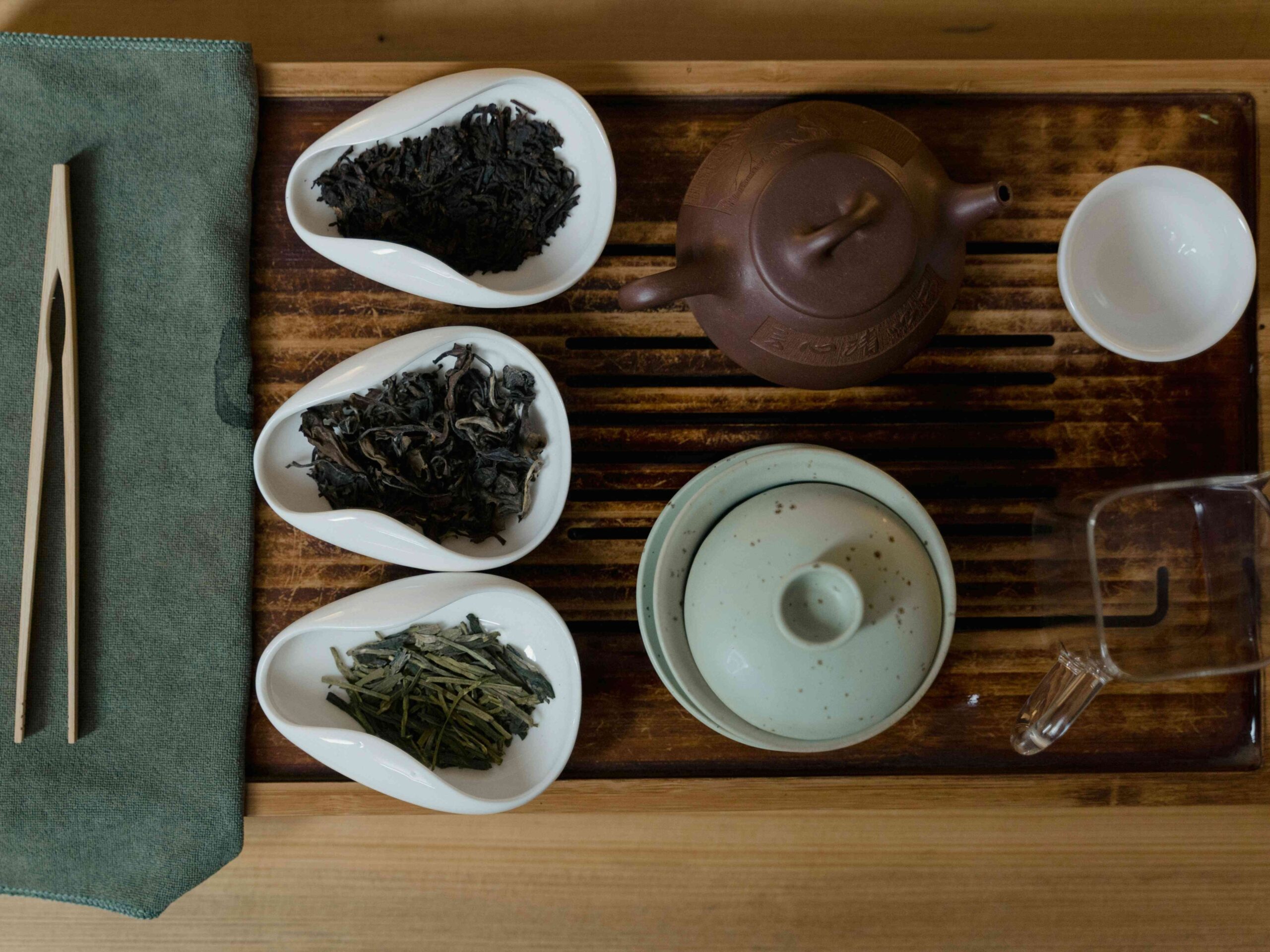
A cup of tea, in many parts of Asia, represents far more than a beverage—it is a conduit to ancestral tradition, intellectual pursuit, and the cultivation of mindfulness. Asian tea ceremony traditions turn the act of drinking tea into a sophisticated art form, layered with symbolism, philosophy, and socio-cultural values. Each gesture, from scooping powdered tea to serving tea in rustic simplicity, unlocks a unique window into its country’s spirit. Far from being mere refreshment, the formal tea ceremony is a practice where history, aesthetics, and human connection brew in harmony, nourishing both body and soul.
Japanese Tea Ceremony: Chado—the Way of Tea
The Japanese tea ceremony, or chado, is perhaps the most emblematic of Japanese tea culture. With deep roots in Zen Buddhism, this unique beverage ritual serves as a spiritual exercise, emphasizing the beauty in impermanence and the quiet power of the present moment.
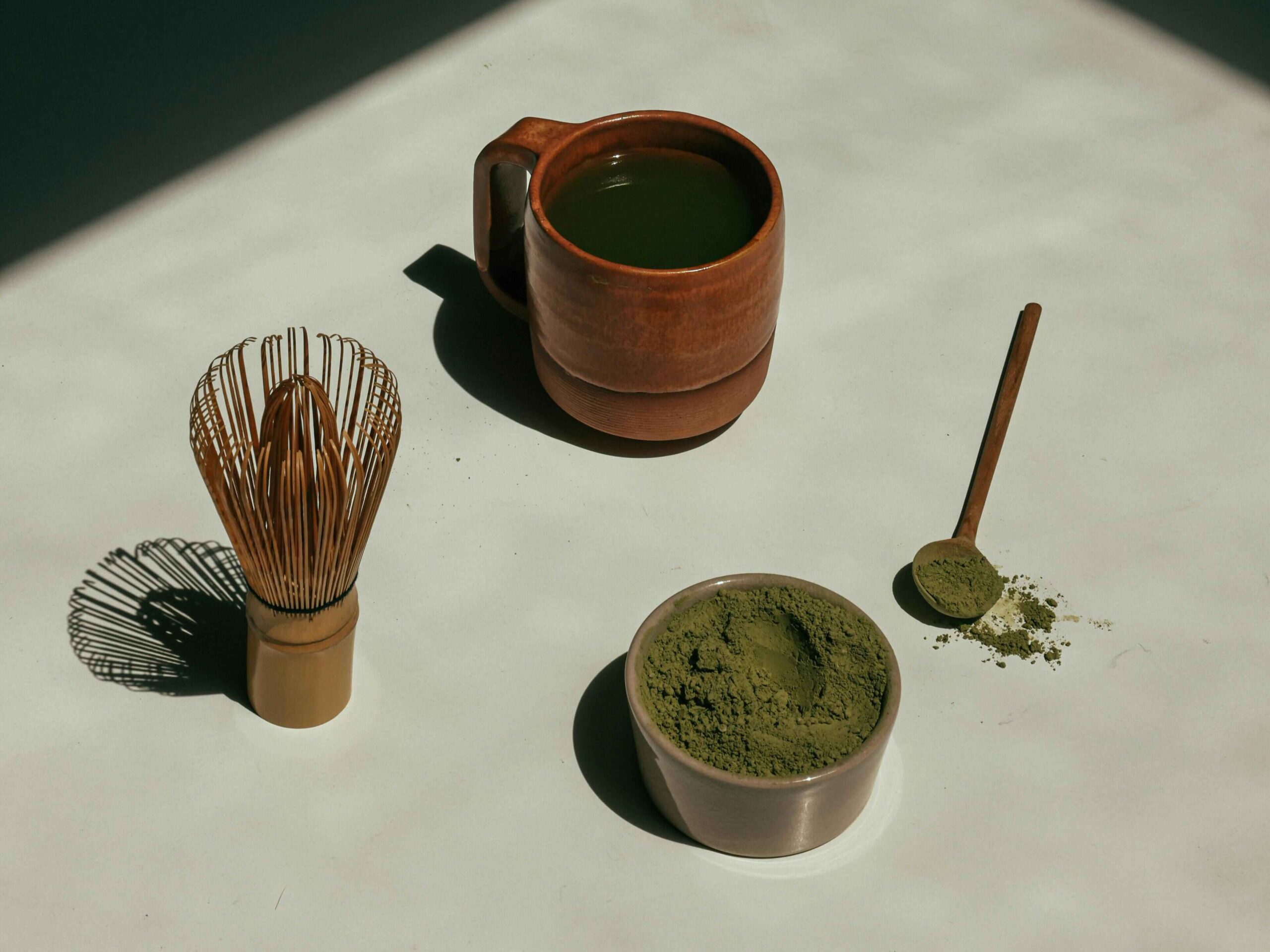
Historical Evolution and Philosophical Roots
Introduced from China during the Tang Dynasty, tea plants arrived in Japan as early as the 8th century. Monks first cultivated tea for use in Buddhist temples, seeking clarity and calm during meditation. The development of Japanese tea ceremony began earnestly in the 12th century with powdered tea—matcha—being widely consumed among upper classes and religious ceremonies.
Subsequent centuries elevated tea preparation from casual tea parties to a revered practice. By the 16th century, tea masters such as Sen no Rikyū shaped the ethos of modern chado. The pursuit of wabi-sabi, or rustic simplicity and acceptance of imperfection, became central to Japanese tea, intertwining with the values of harmony, respect, purity, and tranquility.
Step-by-Step Ritual and Utensils
A formal Japanese tea ceremony takes place in a purpose-built tea house (chashitsu) or a serene room, often decorated with a hanging scroll and a simple flower arrangement. Guests purify their hands at a stone basin before entering, symbolizing a willingness to leave the dust of everyday life behind.
The host uses tools such as a bamboo whisk (chasen), tea scoop (chashaku), and tea bowl (chawan) to create matcha. Water, heated in a cast iron kettle, is poured over powdered tea, then whisked until frothy. Utensils are carefully cleansed in view of the guests, reinforcing the importance of ritual purity.
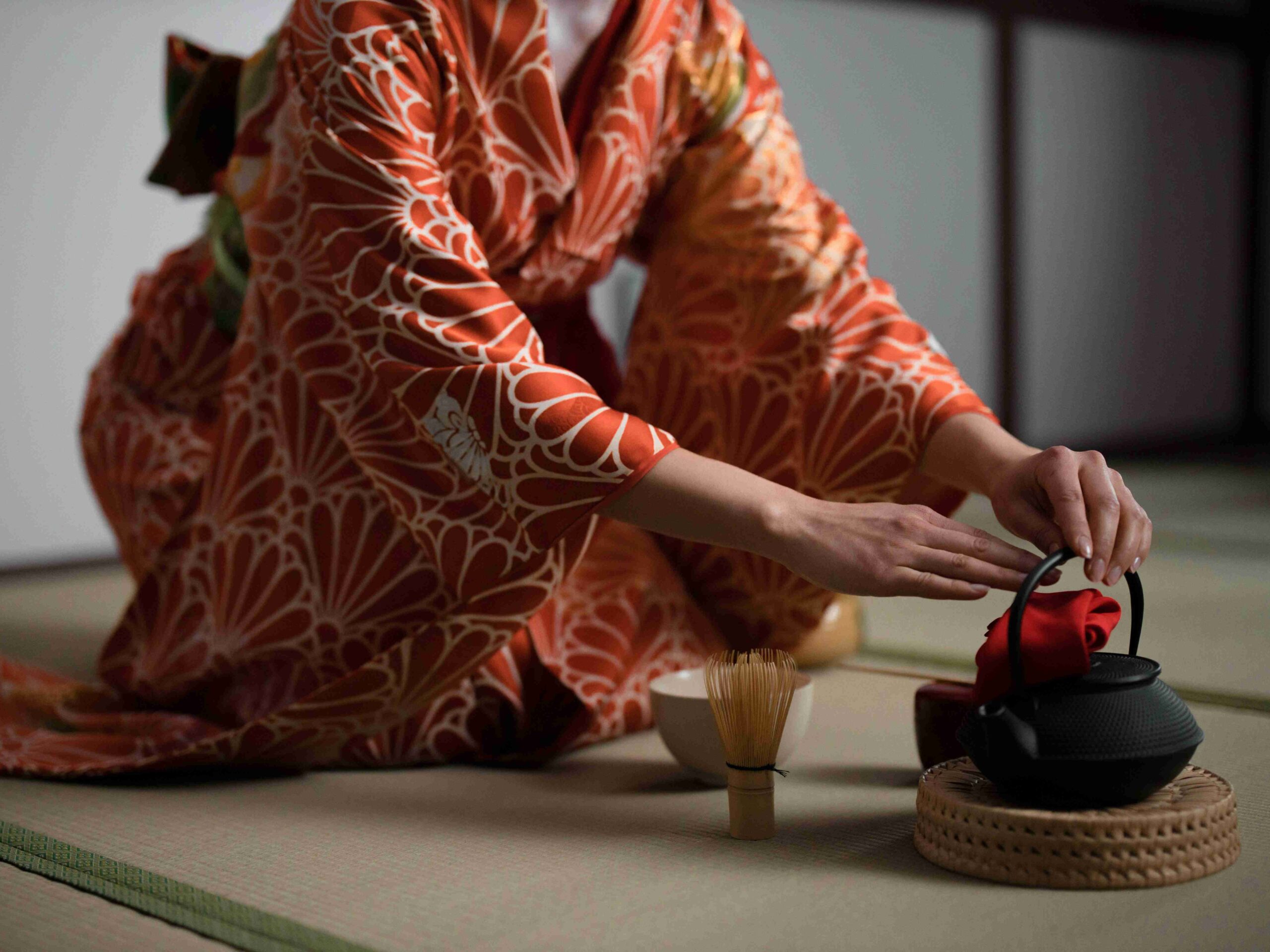
Each implement carries profound symbolism. The textured chawan celebrates nature’s unpredictability; the bamboo whisk and scoop embody the harmony between human hands and raw material. Guests rotate their bowls before sipping, an act born from etiquette and respect for the host’s artistry.
Zen and the Aesthetics of Everyday Life
The Japanese tea ceremony encourages mindfulness, inviting participants to savor each gesture and taste. Inspired by Buddhist temples and Zen philosophy, chado sees beauty in evanescence, shadows, and the subtle aroma of freshly whisked green tea. This sensory focus turns tea drinking into a meditation, grounding all present in the here and now.
Chinese Tea Ceremony: Gongfu Cha and the Art of Skillful Brewing
China stands as the cradle of tea production, and its vibrant tea culture has influenced countries worldwide. The Chinese tea ceremony, particularly gongfu cha—meaning “making tea with skill”—is a celebration of brewing mastery and kinesthetic grace.
Historical Development
Chinese tea ceremony has roots dating back to the Tang Dynasty, when tea was both an elite and everyday beverage. The legendary tea master Lu Yu, author of The Classic of Tea in the 8th century, laid the groundwork for traditional tea culture through a detailed exploration of tea plants, utensils, and brewing techniques.
Gongfu cha emerged in southern China, particularly among tea shops and households in Fujian and Guangdong provinces. It focuses on extracting the most nuanced flavors from loose leaf tea, such as oolong, pu-erh, and black tea, by precisely controlling every aspect of preparation.
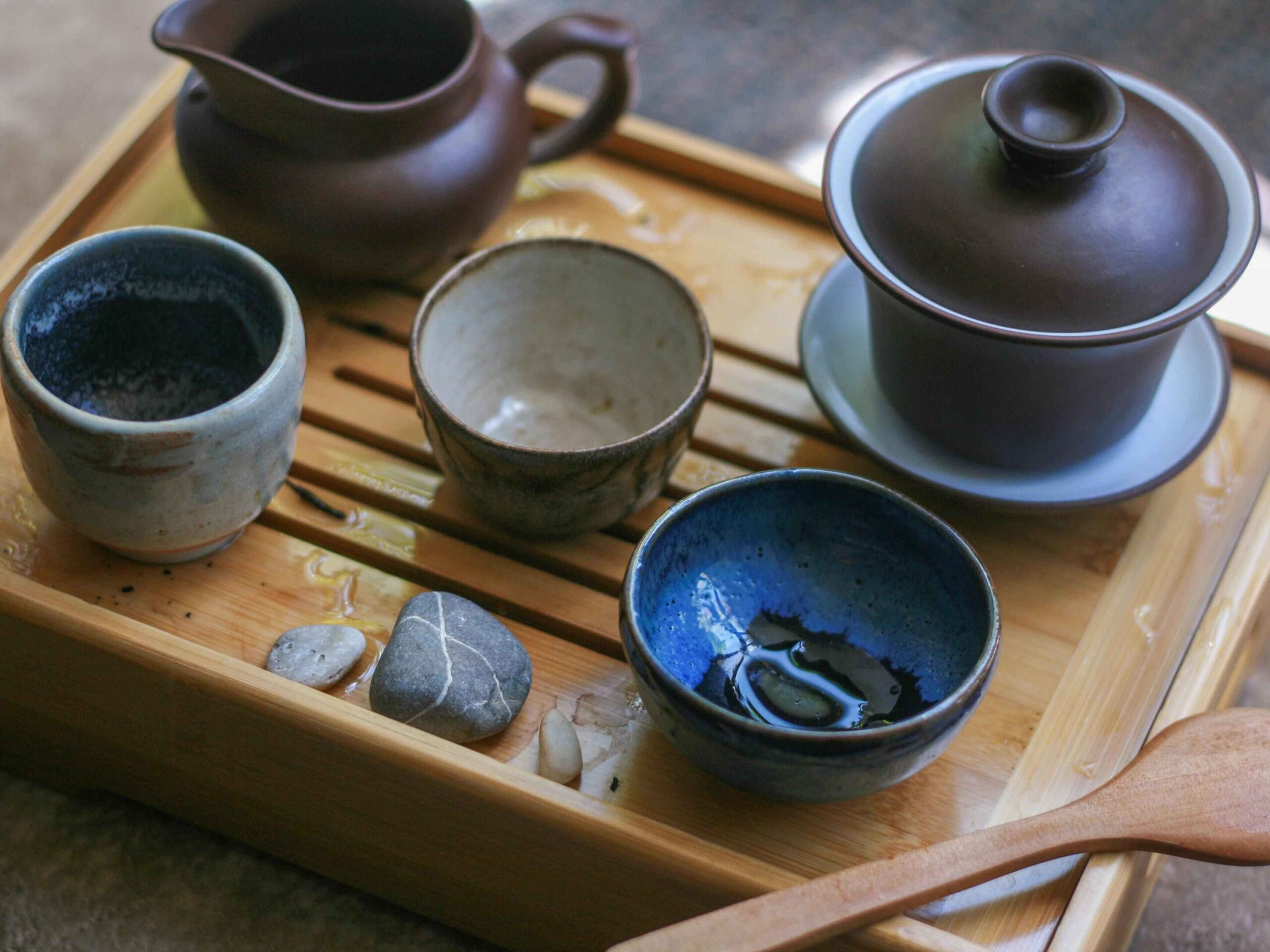
Ritual Elements and Tea Utensils
The ceremony unfolds on a dedicated tea table, using an array of specialized tea tools. The yixing teapot, crafted from unglazed clay, is prized for its ability to enhance the taste profile of tea with each use. Small tea cups concentrate aroma, encouraging mindful appreciation.
The host begins by warming the pot and cups with boiling water, discarding the rinse. A generous portion of tea leaves is added, and infusions are prepared quickly—typically less than a minute—each pour producing subtle differences in taste. The fairness pitcher ensures consistent flavor for all guests. Tea utensils such as the bamboo scoop and tongs, along with the all-important tea leaf itself, reflect respect for traditional practices and the tea master’s expertise.
The Social and Sensory Experience
Chinese tea ceremonies are often integral to traditional celebrations like the Chinese wedding tea ceremony, where serving tea to elders honors family ties. Tea culture in China is deeply embedded in social gatherings, from high tea in grander settings to informal afternoon tea among friends. The ritual emphasizes savoring taste, observing the color, and appreciating the aroma of well-brewed leaves. Gongfu cha embodies Chinese culture’s reverence for both ancestral custom and sensory delight.
Korean Darye: Simplicity and Natural Harmony
The Korean tea ceremony, known as darye, expresses values of ease, clarity, and grace. Less rigid than its Japanese or Chinese counterparts, darye seamlessly integrates into everyday life while retaining centuries-old customs.
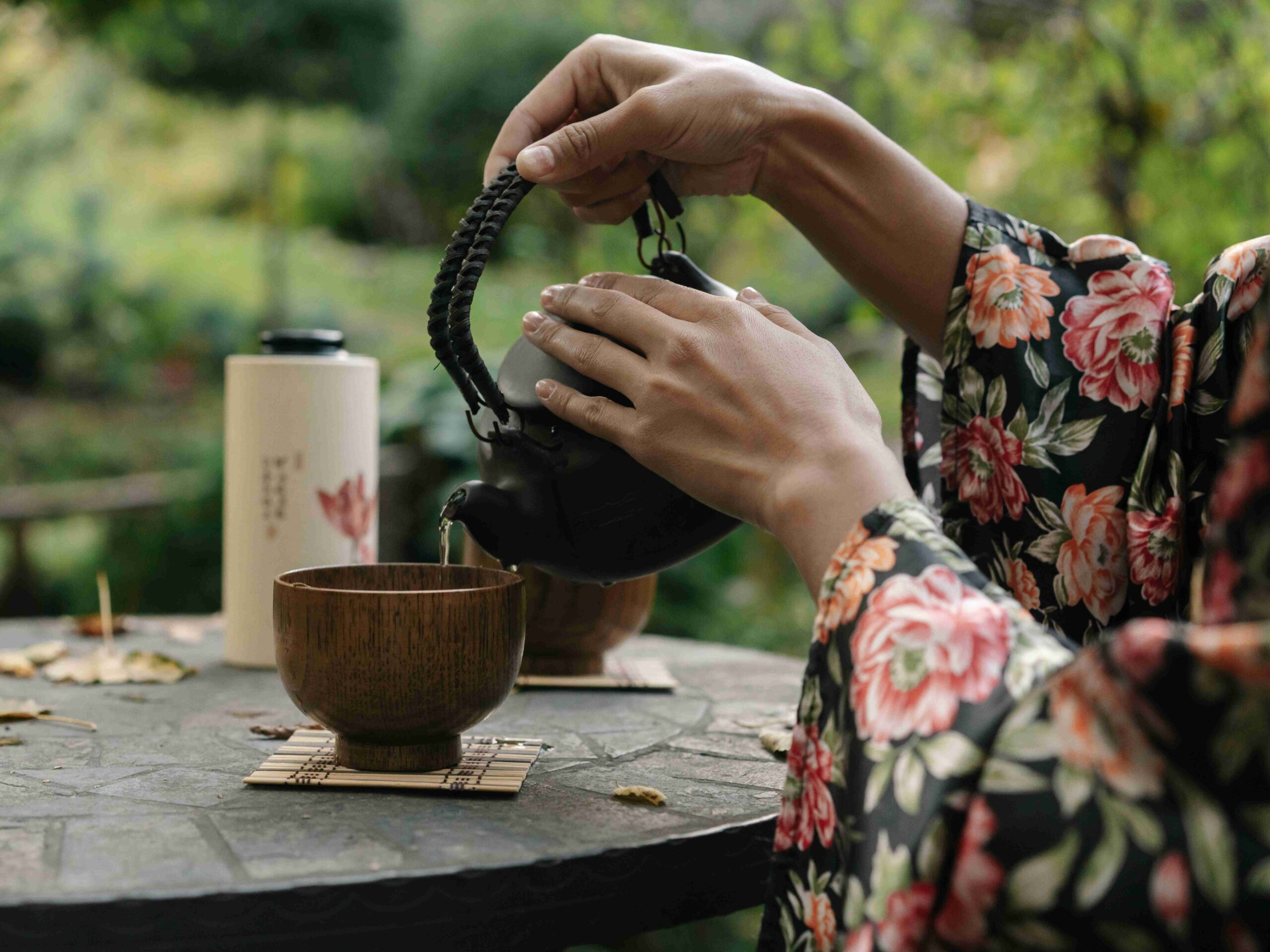
Historical Context
Tea was introduced to Korea through Buddhist monks from China. Goryeo Dynasty records show tea drinking among nobility and monastic communities. Over time, the influence of Confucianism led to a simpler, less formal tea culture, with darye (“tea etiquette”) focusing on harmonious enjoyment and polite hospitality rather than intricate ritual.
Practice, Utensils, and Philosophical Underpinnings
Korean darye is often practiced at home or in tea houses, using green tea as the beverage of choice. The ceremony may begin with the host preparing the leaves in a side-handled pot, carefully cooling hot water so as not to scorch the delicate tea leaf. The finished brew is poured into ceramic tea cups, each uniquely crafted to emphasize beauty in functional art.
Tea utensils in Korea range from basic clay pots to renowned celadon wares. These tea tools highlight a connection with nature—soft forms, unglazed surfaces, and colors that echo the Korean landscape. Unlike the more formal tea ceremony of Japan, darye encourages fluid interaction, gentle conversation, and effortless serving tea.
Fresh mint or cucumber may occasionally be added in warmer months, while sweets such as rice cakes often accompany tea, bridging the ceremony with the rhythms of everyday life.
Comparative Analysis: Cultural Values in Asian Tea Traditions
Time and Patience
Across Asia, tea ceremony underscores an appreciation for time and patience. The Japanese tea ceremony draws out moments into slow, contemplative intervals, aligning with Zen principles and inviting stillness. In China, the process of brewing tea is a demonstration of skill, with a compressed sequence of interactions—each infusion unlocking new layers of taste and aroma. Korean darye finds a middle path, allowing the ceremony to unfold gently, echoing the Confucian ideal of measured, harmonious life.
Spatial Arrangements and Aesthetic Principles
From the minimalist chashitsu in Japan, designed to focus attention inward, to the Chinese tea table adorned with yixing teapots and tea cups, spatial arrangement reinforces each culture’s values. The principle of rustic simplicity—wabi-sabi—in Japanese tea culture contrasts with the material expressiveness and variety in Chinese and Korean tea settings.
Host-Guest Relationships and Social Structure
In Japan, clear hierarchy governs host and guest roles during the formal tea ceremony. Every gesture is for the comfort, honor, and enlightenment of the guest. Chinese ceremonies, particularly during formal occasions and the Chinese wedding tea ceremony, emphasize respect, tradition, and the deep bonds of family and friendship. Korea’s approach is more egalitarian, focusing on shared enjoyment and ease of interaction, reflecting society's value of interpersonal harmony.
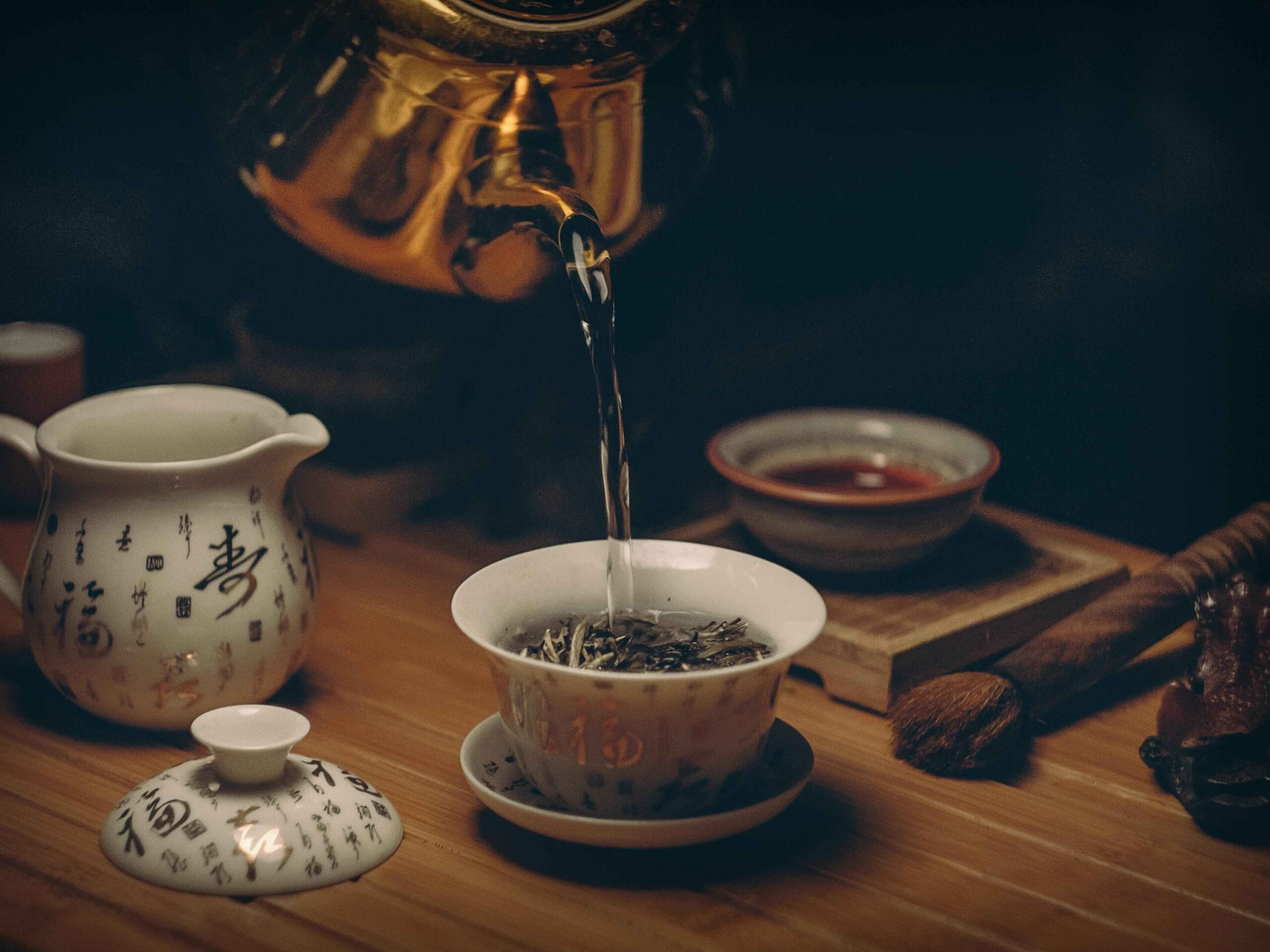
Tea as Spiritual and Artistic Expression
Throughout Asia, the act of tea drinking extends beyond the material. In Japan, the tea whisk moving through green tea is a symbol of mindfulness cultivated in Buddhist temples. In China, the pouring of boiling water over leaves in a yixing teapot becomes a meditative routine, alluding to ancient roots in the Tang Dynasty. Even butter tea, popular in Himalayan regions, and masala chai in India, reflect the breadth and adaptability of Asian tea culture across both geography and spiritual schools.
Modern Relevance and Evolving Traditions
Today, Asian tea ceremony traditions are not relics, but living practices that continue to adapt. Tea houses across Japan, China, and Korea offer condensed ceremonies for busy city dwellers. Global tea drinkers seek out high-quality loose leaf tea for their own tea parties or afternoon tea gatherings. In some settings, Japanese and Chinese traditions merge, with matcha served alongside oolong or black tea. Tea shops increasingly showcase the health benefits of green tea, touting its antioxidants and role in everyday life.
Modern tea industry trends have incorporated ancient practices, merging bamboo whisk and stone basin with innovations like flavored teas and contemporary design. Yet, the underlying values of patience, mindfulness, and hospitality remain unchanged, inviting new generations to experience the beauty of traditional tea culture.
Conclusion: Savoring a Worldview in a Cup
Asian tea ceremony traditions—Japanese chado, Chinese gongfu cha, and Korean darye—are far more than regional rituals. They represent centuries of artistry, philosophy, and social literacy poured into each cup. Whether using a chawan, yixing teapot, or delicate celadon cup, the act of brewing tea connects the drinker with generations of knowledge and intention.
To drink tea in these settings is not simply to quench thirst, but to participate in deeply embedded traditions that honor nature, artistry, and human connection.
For those curious about tea’s origins and its power as a social and spiritual glue, the formal tea ceremony offers a journey into the heart of Asian culture, including Thailand’s unique butterfly pea flower tea, a colorful and magical drink that changes hue with the addition of lime or other citrus fruits. Continue discovering the region’s rich food customs with Communal Dining Traditions in Asia: Shared Meals, Lasting Bonds, and Cultural Heritage.
The Art of Asian Tea Ceremony Traditions: Ancient Rituals and Cultural Values Across Asia
Dio Asahi | November 15, 2025
A cup of tea, in many parts of Asia, represents far more than a beverage-it is a conduit to ancestral tradition, intellectual pursuit, and the cultivation of mindfulness. Asian tea ceremony traditions turn the act of drinking tea into a sophisticated art form, layered with symbolism, philosophy, and socio-cultural values. Each gesture, from scooping powdered…
The Art of Slow-Cooked Curry Recipes: Time’s Magic in South Asian Cuisine
Eda Wong | November 13, 2025
Step into a South Asian kitchen, and the senses are instantly enveloped by the inviting aroma of food slowly simmering in a sturdy clay pot or heavy vessel. The allure is undeniable: in this space, slow-cooked curry recipes are a celebration of patient tradition, spices, and the richness of South Asian cuisine. Here, time and…
Bandung Drink Recipe: A Singaporean Rose Syrup Drink Tradition
Eat Drink Asia Team | November 11, 2025
Step into any night market or hawker centre in Singapore, and you’ll spot a vibrant, glowing glass filled with a cold, beautiful drink-Bandung. Known for its iconic blush-pink hue and refreshing taste, this rose syrup drink is an integral part of Singapore’s beverages scene and a cherished tradition in Southeast Asian gatherings. More than just…
The Ultimate Hainanese Chicken Rice Recipe: A Deep Dive
Eda Wong | November 8, 2025
To wander through Singapore’s bustling hawker centres on a humid evening is to experience a symphony of sights, sounds, and smells. Among the many other dishes sizzling away, one plate stands out for its elegant simplicity: Hainanese Chicken Rice. It arrives without fanfare-gleaming slices of poached chicken over fragrant rice, flanked by a trio of…
Bubble Tea Origins: How Taiwan Created a Global Beverage Phenomenon
Dio Asahi | November 6, 2025
From Taipei to New York, a single drink has captured the world’s taste buds: bubble tea. This beverage, known as pearl milk tea or boba tea, and also known as boba in many regions, is celebrated for its delightful combination of sweet, creamy tea and signature chewy tapioca pearls. What began as a novel creation…
A Food Lover’s Guide to the Taiwanese Oyster Omelet
Eat Drink Asia Team | November 4, 2025
As twilight descends upon Taipei City, a vibrant energy pulses through its streets. This is the hour of the night markets, bustling hubs of community, commerce, and some of the world’s most incredible street food. Amidst the steam from soup dumplings and the sizzle of Taiwanese fried chicken, one iconic dish reigns supreme: the Taiwanese…
Jamu: Indonesian Herbal Medicine for Modern Well-Being
Dio Asahi | November 1, 2025
Across the Indonesian archipelago, a vibrant tradition of herbal healing has flourished for centuries. This is jamu, a cornerstone of Indonesian cultural heritage and a sophisticated system of traditional herbal medicine. Far more than just a refreshing drink, jamu represents a philosophy of balance, a deep connection to nature, and a form of indigenous medicine…
Padang Beef Rendang: The Complex Process Behind Indonesia’s Most Famous Dish
Eda Wong | October 30, 2025
This post may contain affiliate links. For full transparency, this article may contain affiliate links. To call Padang beef rendang simply a dish is to miss the soul of Indonesian cuisine. This legendary slow-cooked dry curry, a centerpiece of both festive tables and humble meals, has earned its fame as one of the world’s most…
Teh Tarik Malaysia: The Art and Science Behind Iconic Pulled Tea
Eat Drink Asia Team | October 28, 2025
In Malaysia, ordering a cup of teh tarik is about so much more than just enjoying a hot drink. Teh tarik, literally translated as “pulled tea,” is Malaysia’s national beverage, famous for its sweet, creamy taste, frothy top, and the spectacular pulling technique seen in bustling mamak stalls and coffee shops across the country. A…
The Legendary Penang Char Kway Teow: A Culinary Journey
Dio Asahi | October 25, 2025
The air in Penang is thick with anticipation, carrying the sounds and smells of Malaysian street food being crafted with expert care. Your attention is captured by one of the many street vendors, a master standing before a seasoned wok glowing over an intense fire. The rhythmic clanging of metal on metal is the soundtrack…

